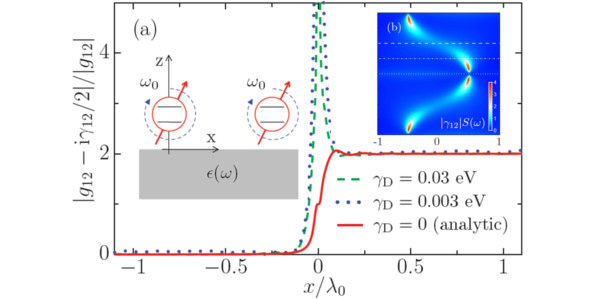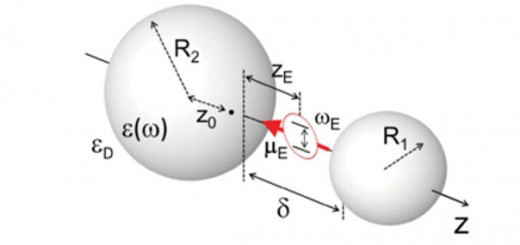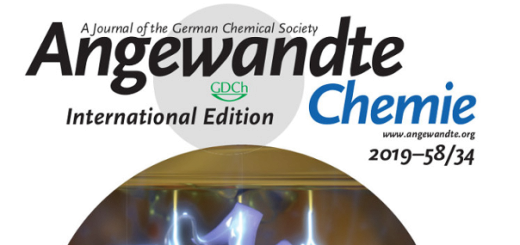Quasichiral Interactions between Quantum Emitters at the Nanoscale
Article: published in Physical Review Letters by J. C. López Carreñ, Elena del Valle and Antonio I. Fernández Domínguez, IFIMAC researchers and members of the Department of Theoretical Condensed Matter Physics.
Chirality (or handedness) is an important concept across modern science. The word “chiral” was originally used to describe objects which were not identical to their mirror images, but now the term now encompasses asymmetries in many forms, including in chemical reactions and in sub-nuclear processes. The emerging field of chiral quantum optics is concerned with systems where forward and backward moving photons interact differently with a quantum emitter (such as atoms, molecules or quantum dots) The most extreme case of chirality is the unidirectional (or one-way) coupling between two quantum systems. Scientists are increasingly interested in exploiting chiral light-matter interactions in order to realize novel applications in the areas of quantum communication, information and computing.
New insight into the area of chiral quantum optics has now been revealed in a work published in Physical Review Letters (PRL) by Elena del Valle, Antonio Fernández-Domínguez and co-workers. This work proposes a system consisting of two circularly-polarized quantum emitters held above a plasmonic surface as tunable setup in which one may explore chiral light-matter coupling at the nanoscale. Most excitingly, these researchers reveal a hitherto unknown regime, dubbed “quasichiral”, which is the stage for a number of remarkable quantum optical phenomena. In particular, the quasichiral regime gives rise to extremely sharp and intense spectral features (which may be important for sensing) and strong photon correlations, including strong photon antibunching (which appears in a remarkable butterfly structure in the two-photon spectra). The full article can be read here. [Full article]




















